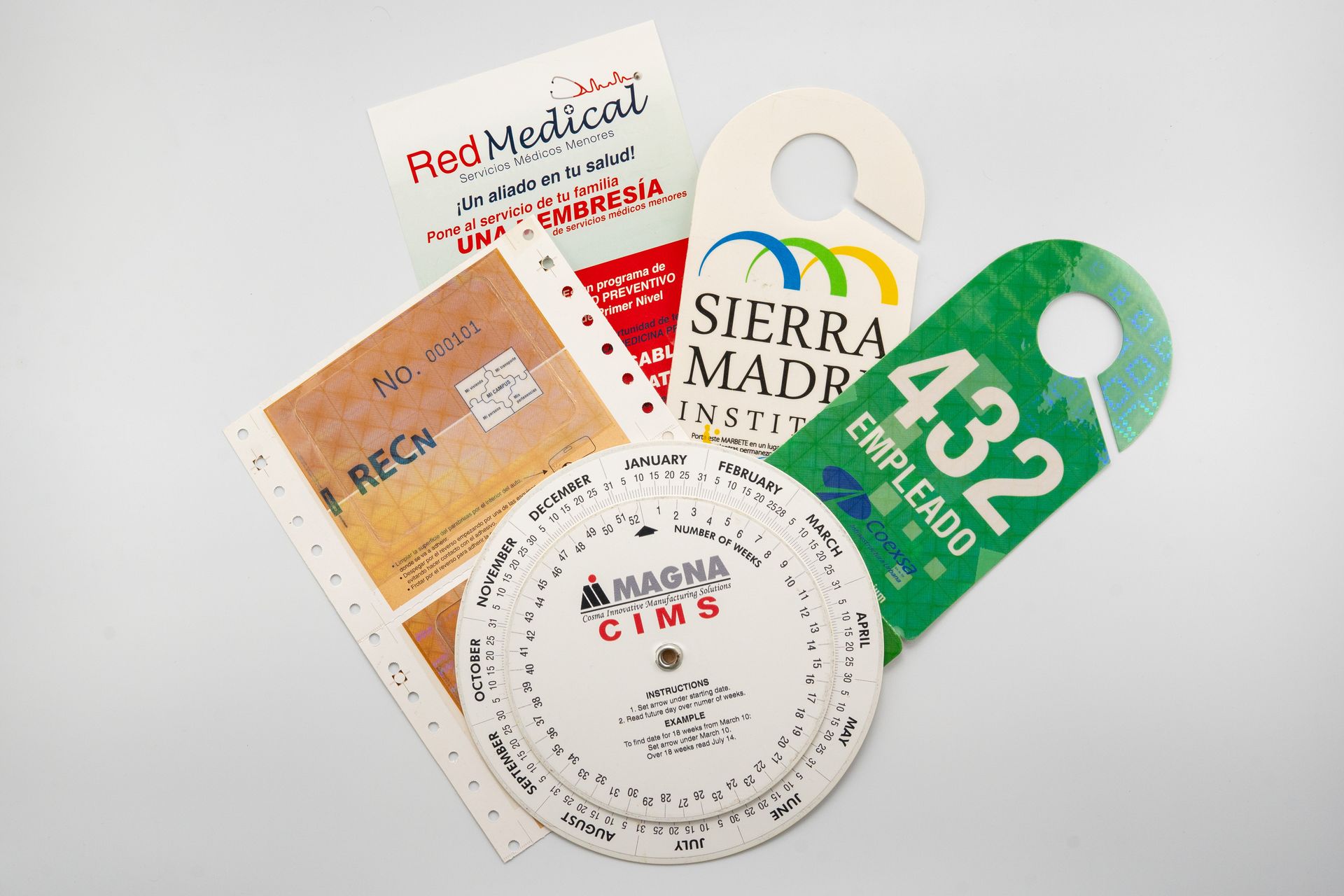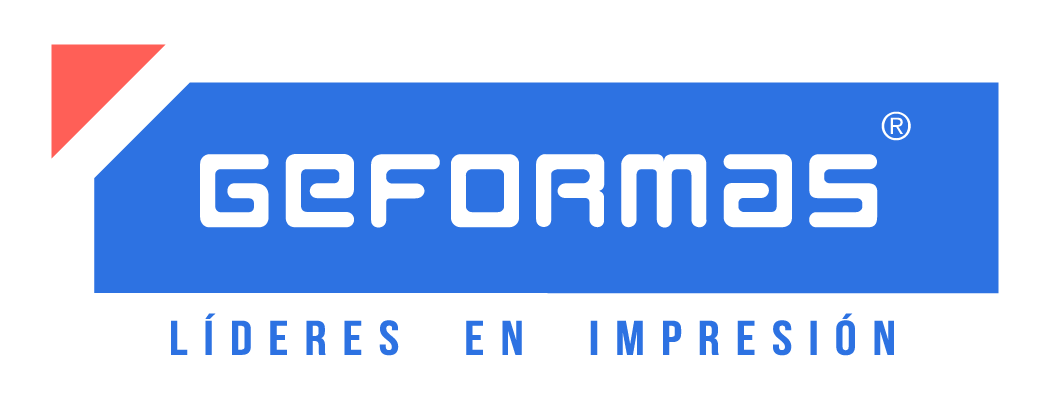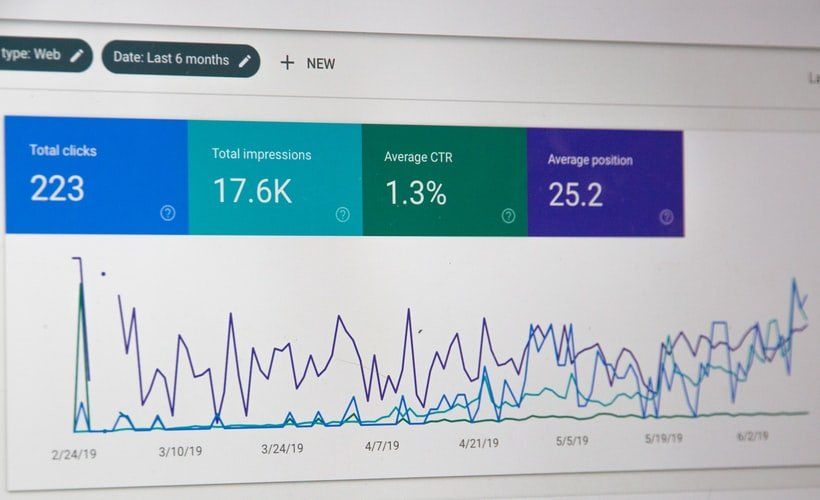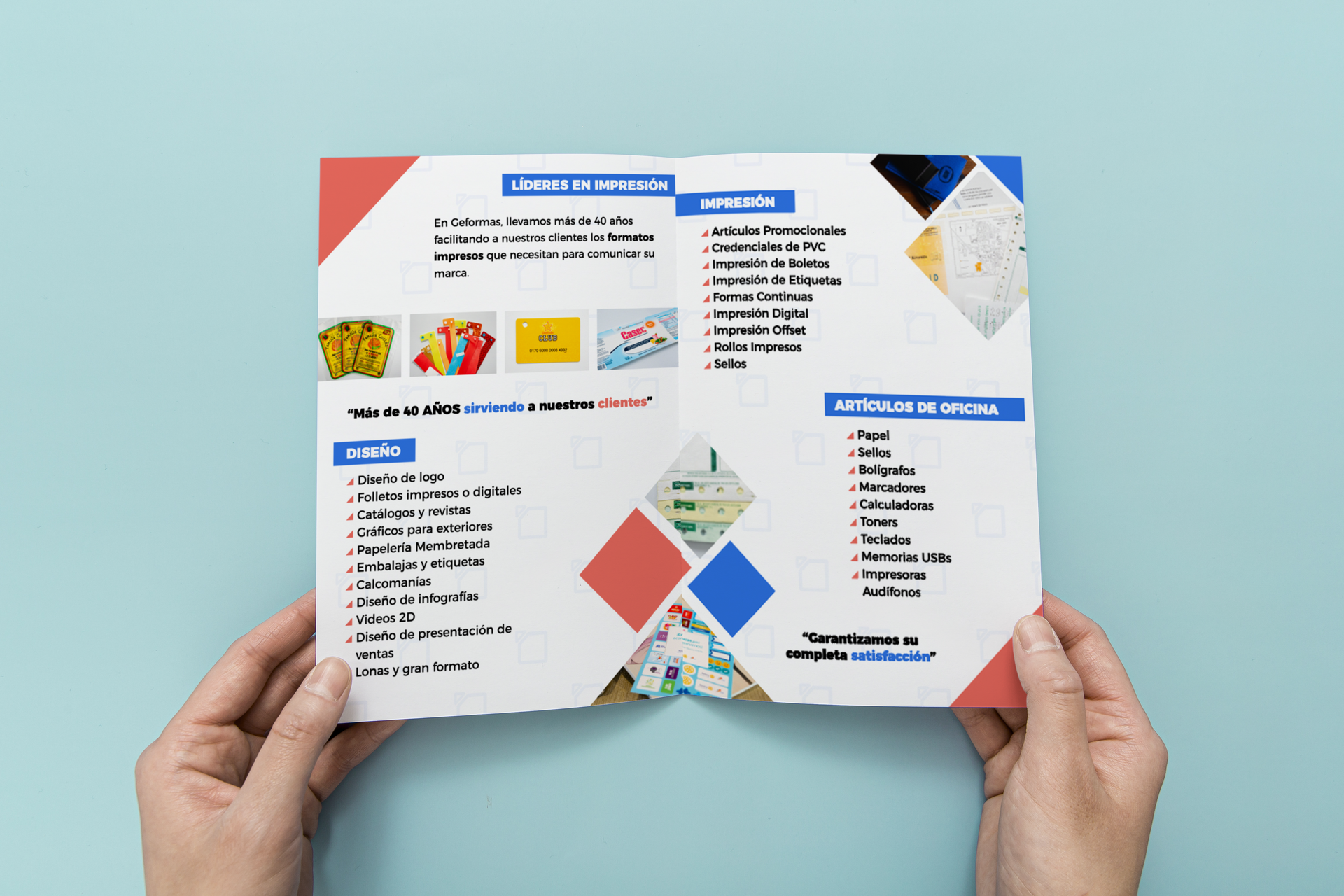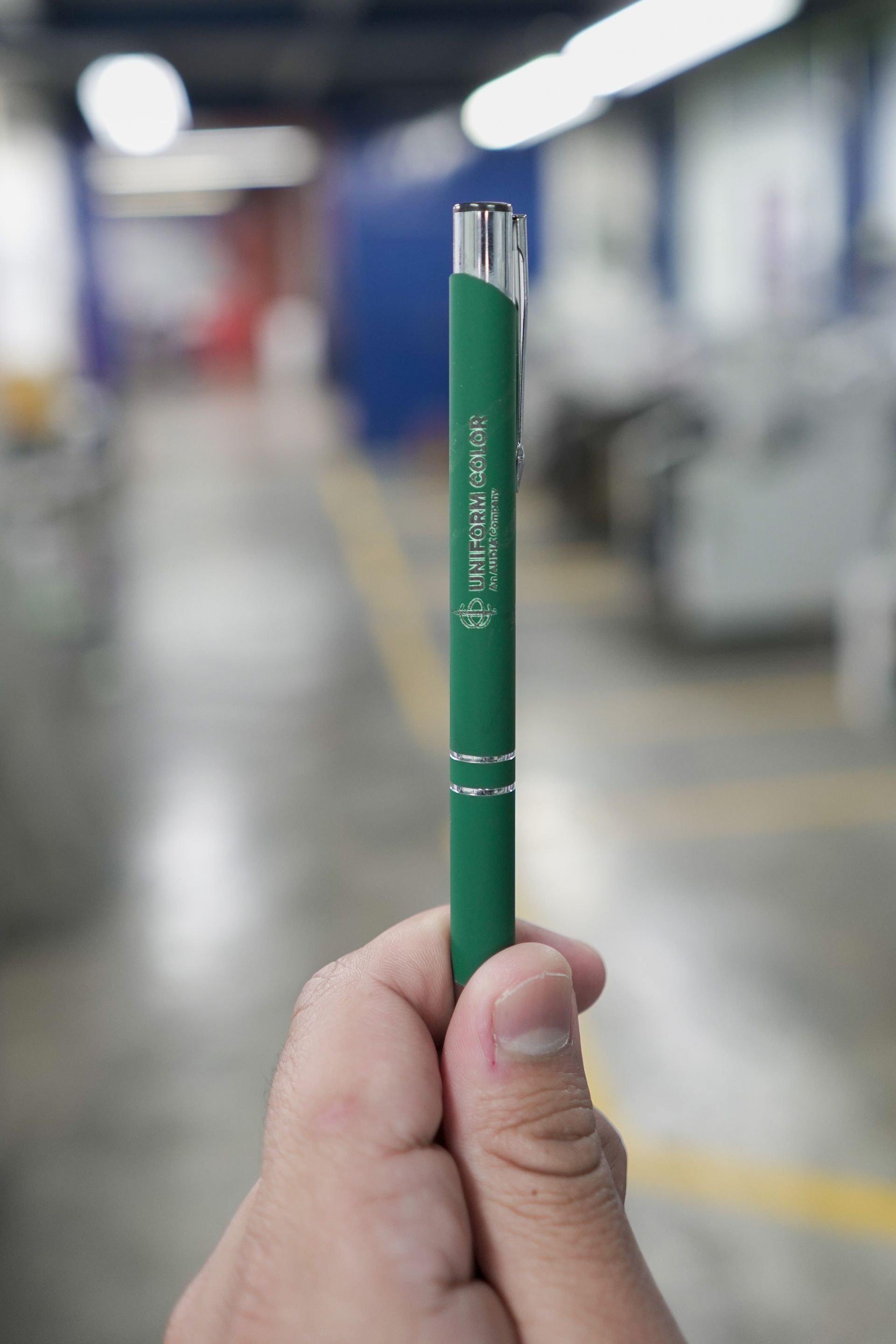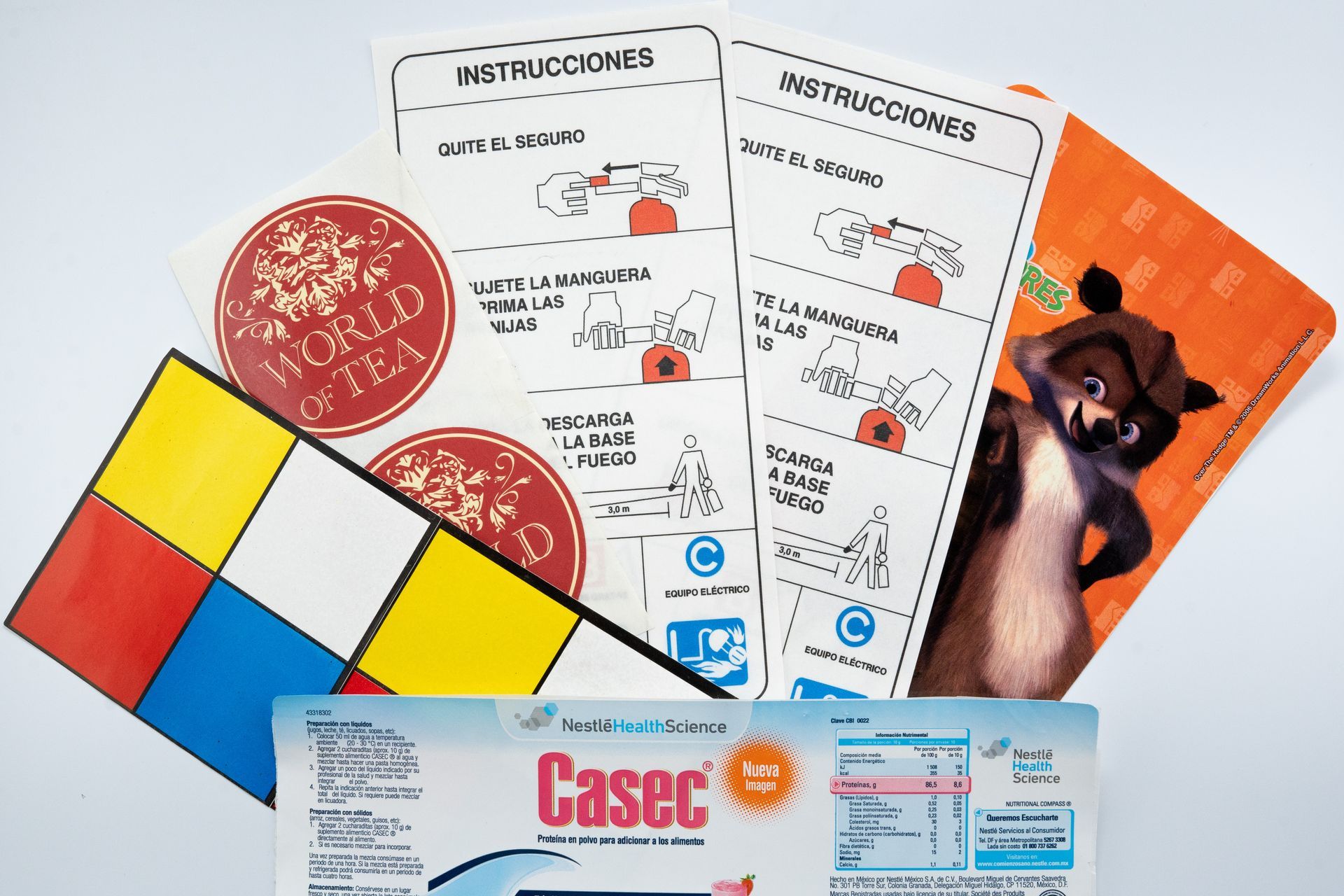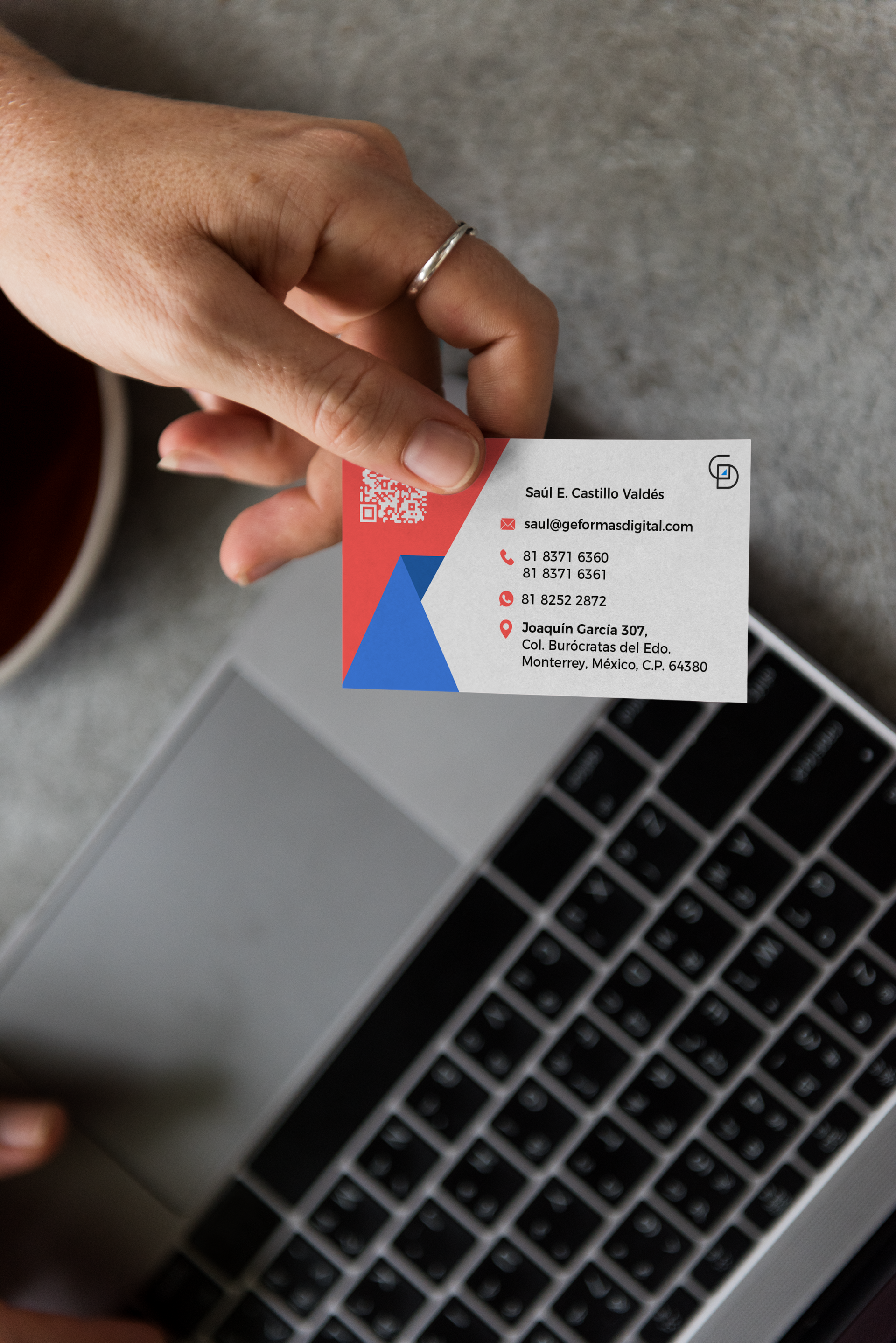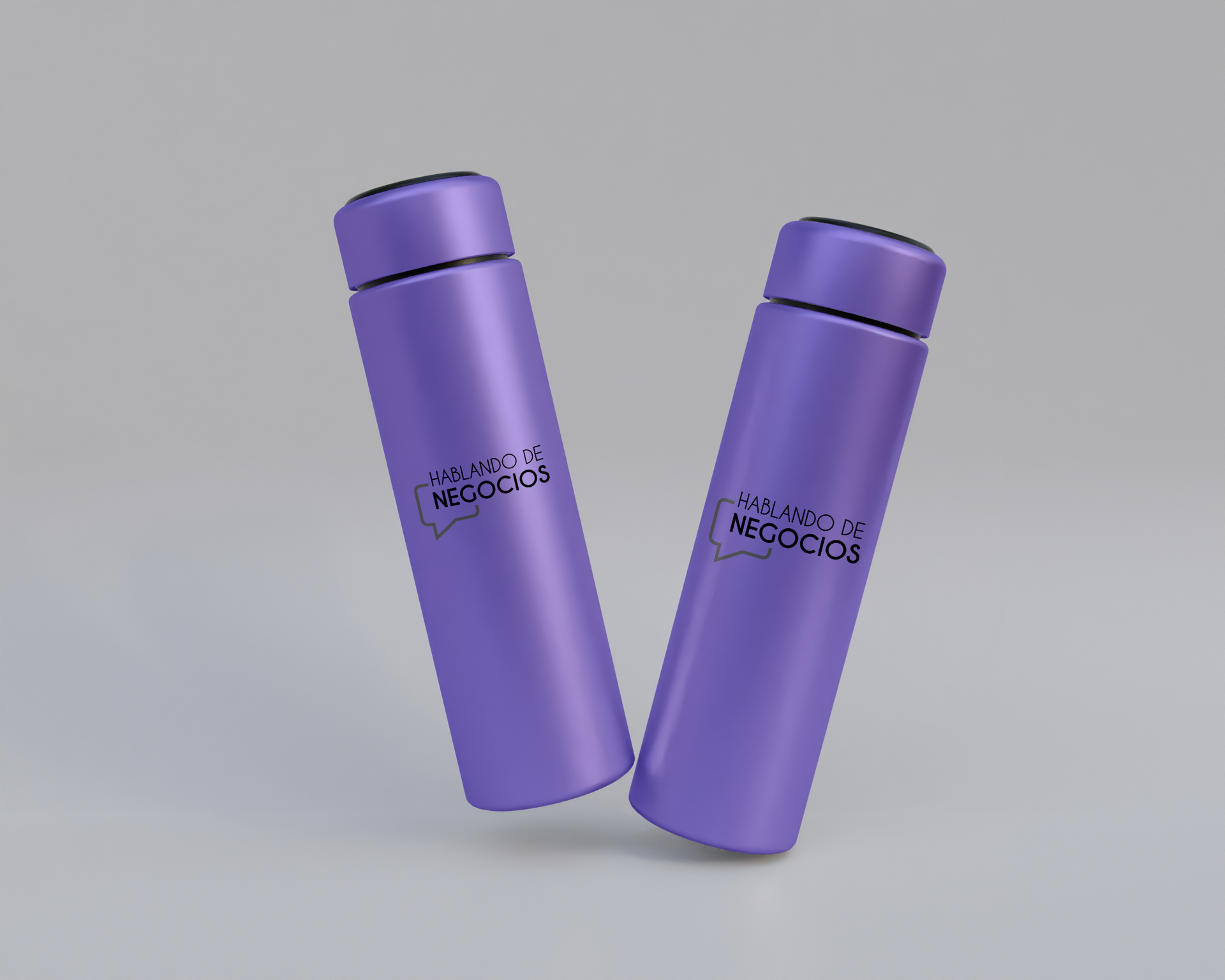Mastering links: the fundamental element of a web page.
Use the internal and external links of your page to increase your authority and improve your ranking. Learn what you need to know to get the most out of this element of your website.
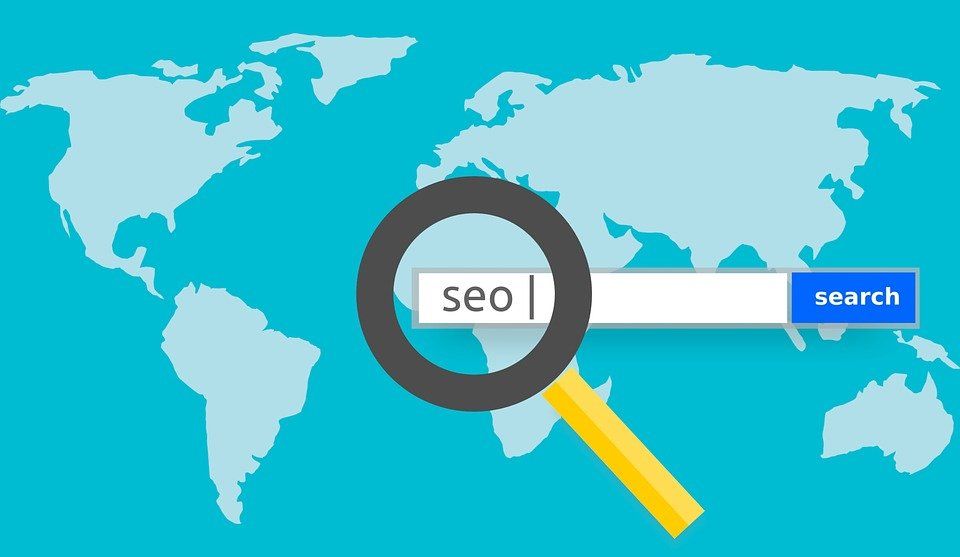
Links are the mainstay of web positioning. It is through them that the “Spiders” of search engines as well as users can access our page. Naturally, links can also be optimized under the SEO strategy.
Working on link building will allow us to create a solid foundation for our content to gain relevance and authority. Read on and learn about the structure of links and how to rank them by categories.
What is a link and how it is used
There are two types of links within a website. Internal links direct us to pages and resources within our own website and external links take us to sites and resources outside our website.
The links allow us to have an understandable and easy to navigate website. It is with them that we create an architecture in which all the content of the page is organized. It is then that
we must enrich the connection of links within our site.
It is important to note that the authority of a page within the search engine results list is transmitted through the links. This means that we must also be careful about the number of external links we add to our page.
The criterion we must follow to add external links is based on content compatibility. If the podcast, video or blog we are linking to is directly related to our page content, we may add it.
Another point to keep in mind when adding external links, is to properly configure the HTML code. Here we can specify that the link is opened in another tab (so that the user does not leave our page).
In addition to optimizing the section of "anchor text" in which we can use our keywords. We can get links from pages that use our keyword or have authority in our industry, this way we can improve our positioning.
Find out everything you need to
know to improve the positioning off your website.
Structure of internal links
Internal links are found everywhere, from classic underlined text to images and menu buttons. Search engines favor information organized in an accessible way and it is through the links that we can achieve this.
Beyond recognizable links, content managers use elements such as categories and tags. These allow you to differentiate and identify the content of our page in a much more detailed way.
Remember that search engines, such as Google, have the purpose of providing the most accurate information to each search term that is employed by users. That's why
you want all your information and content to be easily recognizable, no matter how specific it becomes.
If we can build a good hierarchy in our internal links, search engines will be able to recognize the semantic relationships between your content, search terms, and the overall theme of your website.
Hierarchical structured links
When we talk about achieving a structure by the importance of our links, we mean creating as many internal links as possible. Of course, within high quality standards.
We must be careful not to fall into poor quality links profiling, as these can affect our positioning.
Content hierarchization by silos is quite simple to work with. As long as you set clear parent categories, you can repeat the name of the child categories. If you assign an URL to each one, you'll have everything fixed.
The organization of your content will not only help your positioning and user navigation, but serves to prevent content duplication.
An example of this are the categories of clothing sale pages, on the ZARA online sale page, we can find the following organization:
Woman→New
Collection→Gifts for her
Blazers
Dress
Shirt
Archive→New
Collection → Shirts
Blazers
Vests
Sneakers
From the selection of links that we can see in this example, it is clear that, although the child categories are repeated, if we click on each one, we will end up on a different page. This means that it is possible to follow a structure in which later it will be much easier to add content.
Building links within SEO terms is relatively simple. Make sure that every page you link, makes a valuable contribution to your website, whether it be in terms of positioning or improving the user experience.
Remember to keep the right order in all your elements and add valuable links that give authority to your page.
On the other hand, if working up to this extension seems very technical to you or escapes your possibilities due to your availability or preparation, you are still in time to request the services of a professional. Whether it's taking full charge of your SEO strategy or just the details you need to master.
SEO is a detailed, technical and long-term work; therefore, it never hurts to develop the most complicated parts with the help of a third party.
We invite you to continue reading about
the SEO key to achieve the right effect on the ranking.
Comparte
Blog para Negocios
